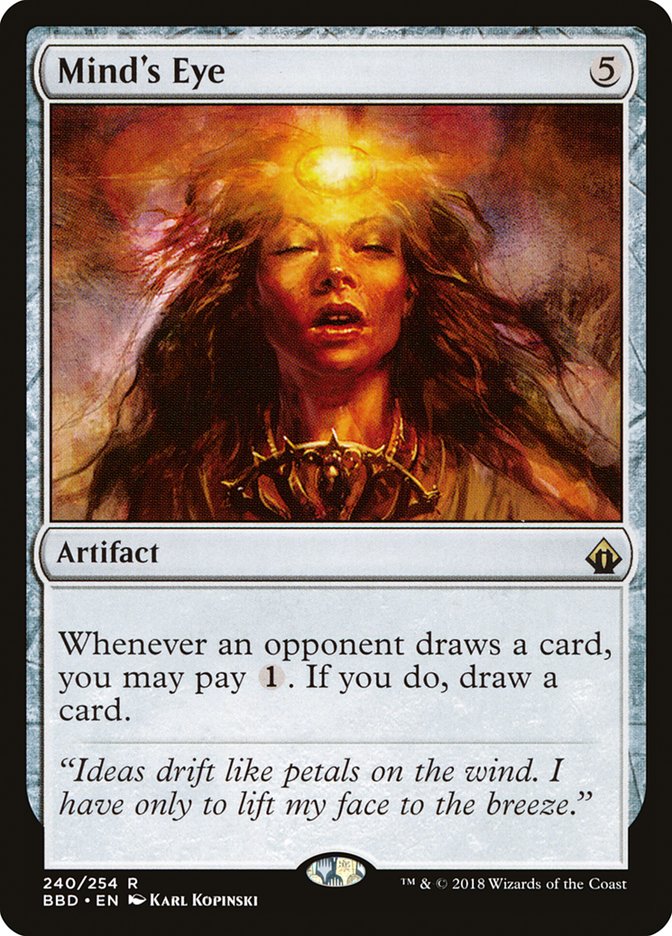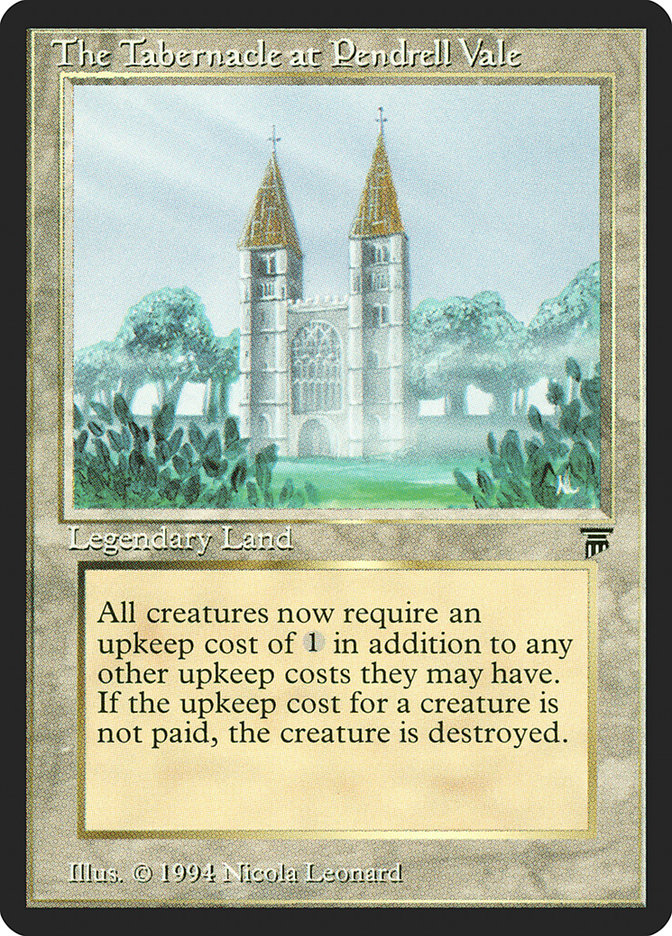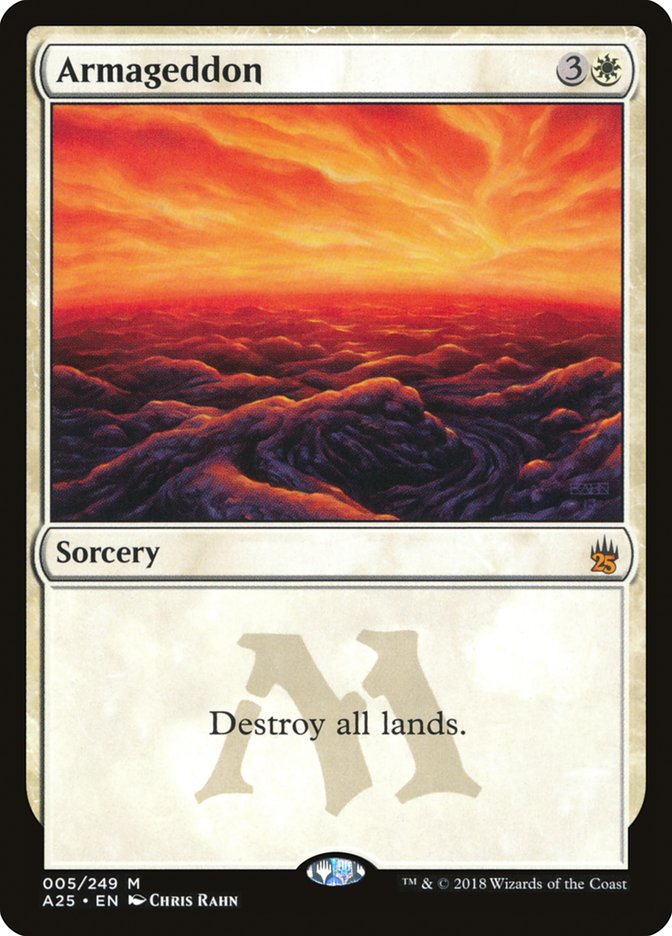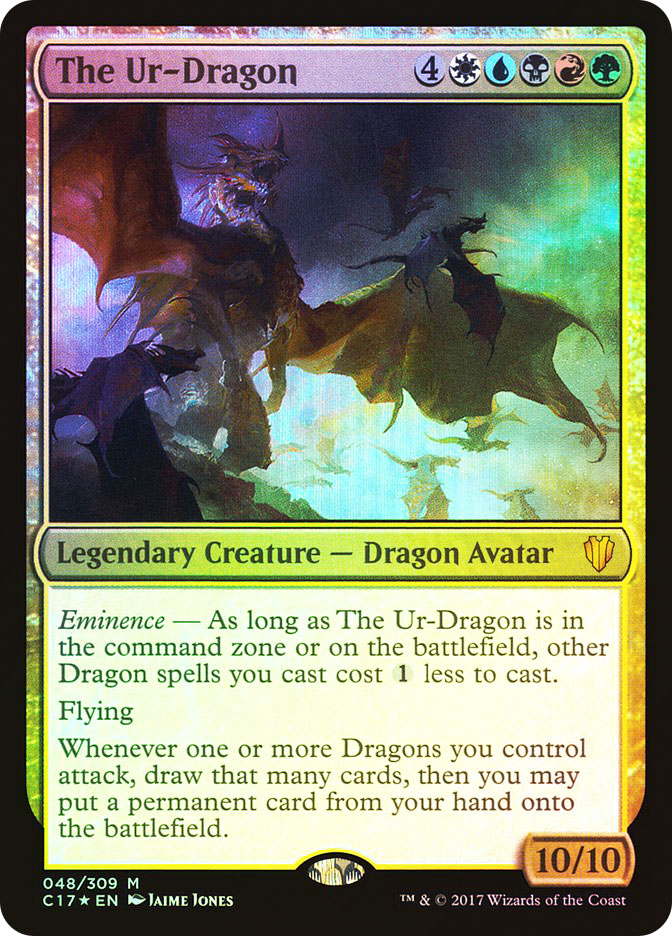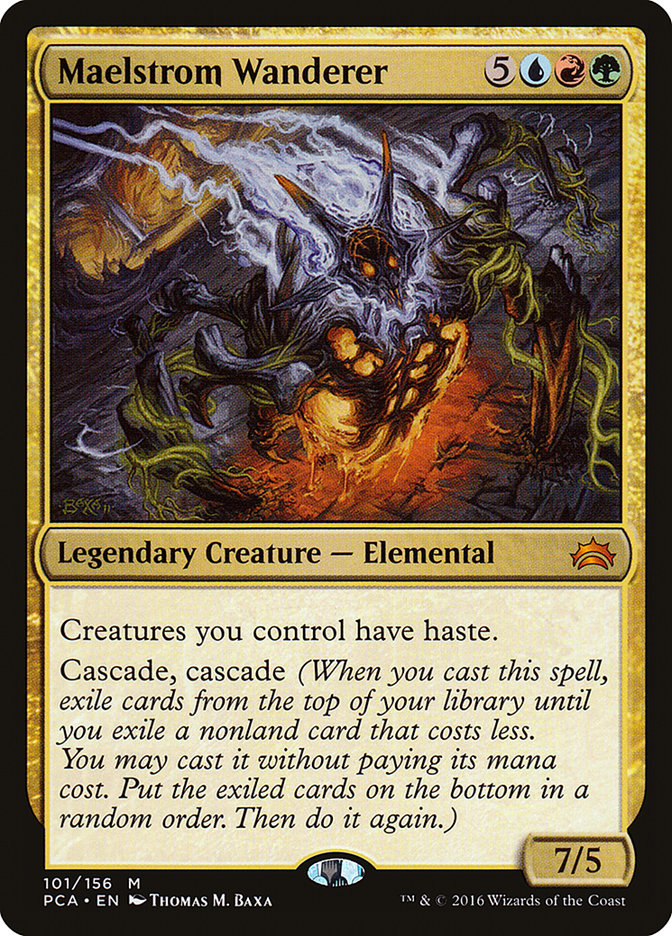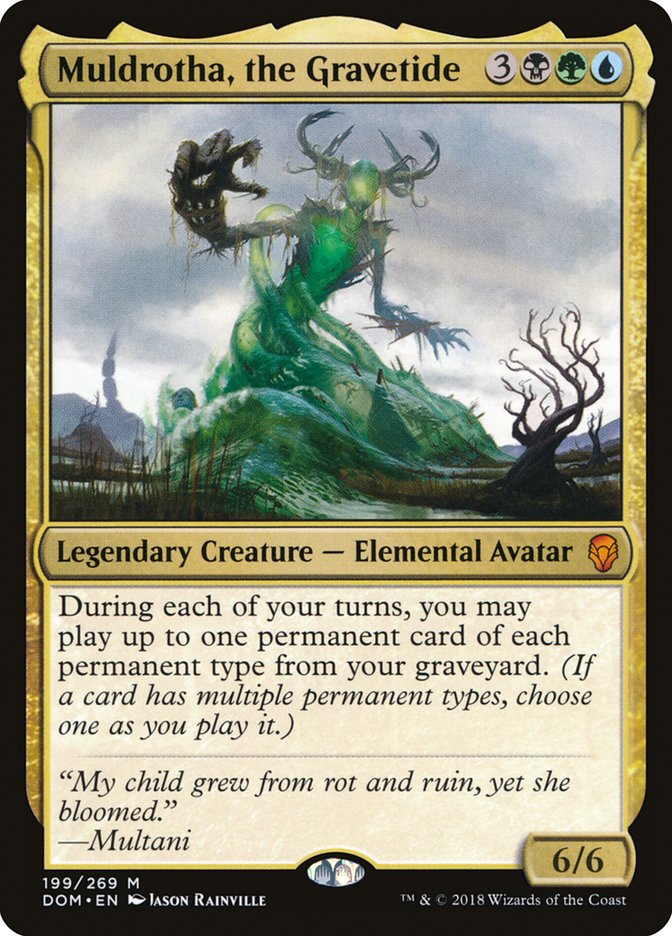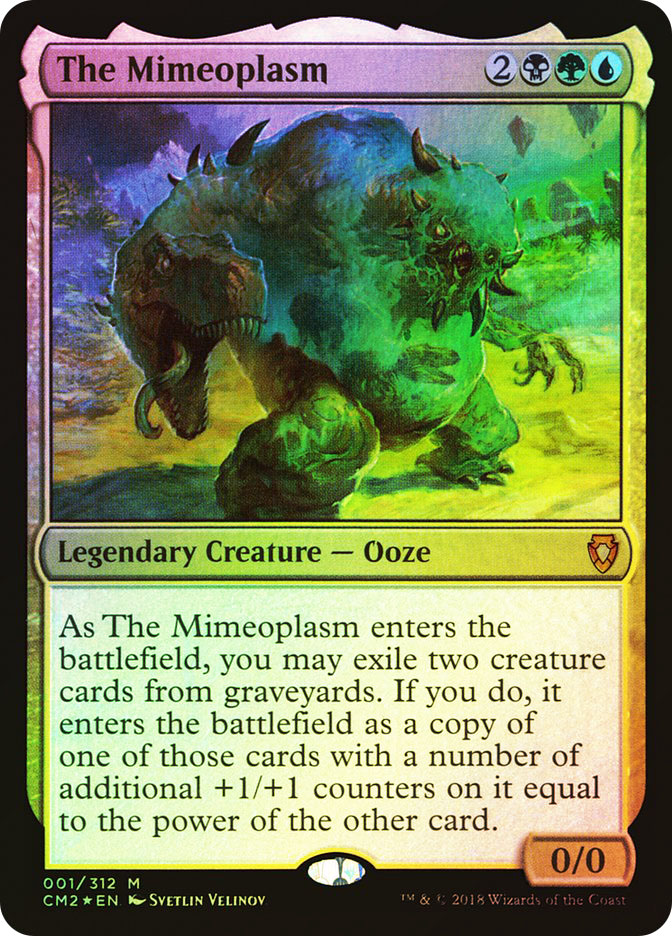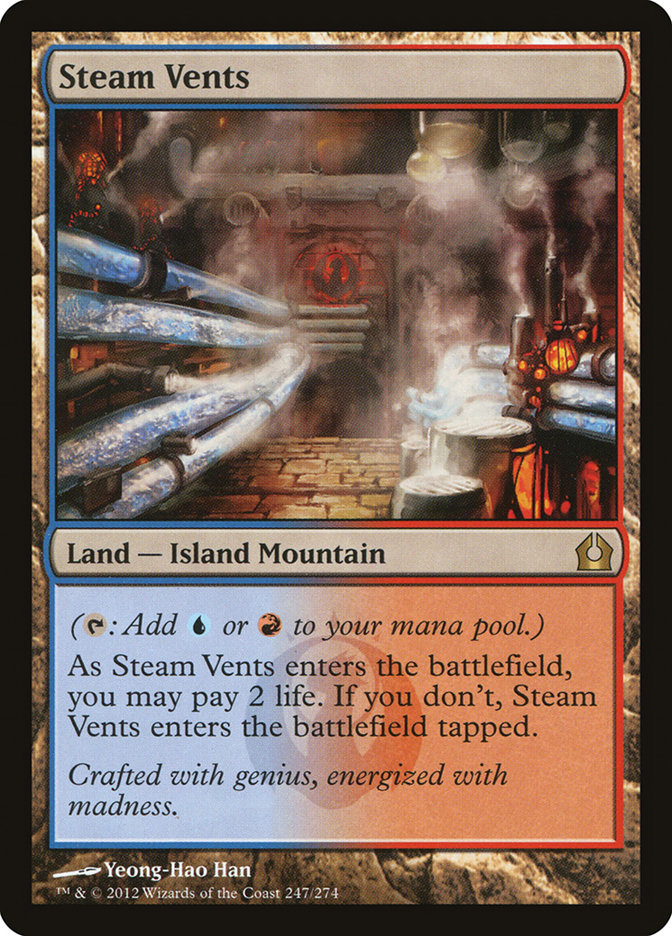Several months ago, my friend Andy nagged me for hours to get me to play his Commander Cube. At that point in time the project was in its infancy, so I had no idea what the experience would be like and I already had access to multiple Cubes that I actively wanted to play. I also had a pair of Commander decks together if I were interested in multiplayer play.
Andy’s persistence ultimately won me over, and since then I have really come to admire what he has put together. Today I would like to share with you the guidelines for assembling and playing your own Commander Cube so that you too may experience the purest form of multiplayer Magic.
Commander…Cube?
The general elements of Commander Cube are contained in the name: it’s a Cube for drafting decks to play games of Commander!
The major appeal of Commander for a lot of players is that the games feel unique due to the singleton nature of the format, and drafting your Commander deck really compounds that.
I started playing Commander back when it was called Elder Dragon Highlander and Mind’s Eye could be purchased for a quarter. I’ve played the format on and off since then, with my major constant being that I would tune my decks to a certain point and have fun for a while before ultimately getting bored of individual archetypes.
Now, I’ve built maybe a dozen Commander decks ever. For a long while Andy had about that many decks together at the same time. After messing around with countless strategies and crafting many true masterpieces, Andy stopped being able to get the unique feeling that Commander players crave from games of Constructed Commander. His solution for a short time was to curate a stack of generically good cards for Commander play and to randomize a stack with a set of dual lands to shuffle up with a random five-color legendary creature.
This was fun for a time, but one day Andy had the epiphany that it would be even more fun, and the games would feel even more distinctive, if everybody was playing a somewhat random deck. He came up with a set of rules for drafting his curated Commander stack, and everybody who has tried it has loved it.
The List
Andy updates the contents of his Cube on his own spreadsheet, but I’ve gone ahead and ported what is now a slightly dated list onto Cube Tutor. The first thing that you’ll notice is that there are just a ton of cards here. Andy’s methodology was to go through every Magic card ever printed and to include every card ever that he deemed some combination of sweet enough or that would end up in somebody’s deck often enough.
He hasn’t yet acquired every card that he wants for the Cube, and even still the list he sent to me was pushing 1,600 cards. Having a high volume of cards keeps the drafting and gameplay fresh, though the concept could be replicated with considerably fewer cards.
The way we play involves drafting 432 of these cards, so you’ll want more than that by a good margin, though having four times as many isn’t wholly necessary. I’m not here to tell you that you can’t build your own Commander Cube if you don’t own The Tabernacle at Pendrell Vale either. The list provided is mostly to provide inspiration for things that you’d want to put into your own Commander Cube. Heck, even just subtracting the cards over your budget from this list would be a fine starting point.
For most Cubes, specific archetypes get lots of attention: Burn, Reanimator, Control, etc. The focus for Commander Cube tends to fall on macro-archetypes and generically good cards. Some of the most prominent themes are mana acceleration, ways to generate card advantage, and big swingy effects. Such a large card pool can’t really support archetypes that require a lot of specific cards, so you likely won’t be drafting to play something like Sliver Overlord or Kangee, Aerie Keeper as your Commander. This design pushes for cards that are playable with the most possible Commanders, which helps in the goal of making every game unique.
Andy was careful to make it difficult to assemble infinite combos or ways to easily win on the spot. He has gone so far as to remove all extra turn effects that don’t exile themselves on resolution ( I used a Sheoldred, Whispering One to recur Eternal Witness, getting back Time Warp every turn with some help from an opposing Elesh Norn, Grand Cenobite).
The list doesn’t abide by the official Commander banned list, as cards tend to be less powerful in this environment where you must draft your deck, but he has omitted both Cyclonic Rift and Craterhoof Behemoth because they’re too easy to just cast and convert to game wins. I’m sure there are other exclusions along those lines, but those are the two that I recognize as cards that I put in all of my Constructed decks that I can’t draft here.
I’m sure there are players who would bemoan the exclusion of Armageddon.
Again, this list is far from gospel, but it’s excellent at accomplishing its goals. I could see somebody building a list for Peasant (commons and uncommons only) Commander Cube that could be a ton of fun, and really, just shuffling together all of the Commander precons would be a reasonable starting point for somebody who finds the very long list submitted here daunting. Why, you could purchase a set of the new Commander 2018 decks
One thing that you might notice about this list is that while there are some mana fixing lands, there are no fetchlands or duals. This is by design, and I’ll get to that a little later.
Let’s talk about how we turn this pile of cards into decks.
Step One: Draft the Cube
Simple enough. We play four-player drafts and we play 99-card singleton the same way you would in constructed Commander. This requires drafting a lot of cards. We’ve found that twelve nine-card packs work well. Sometimes this means you’ll have to make significant cuts to put your deck together, but the idea is to play good games, so we’d much rather bias towards too many cards than too few. I’ve trainwrecked one draft pretty hard, but I still was at about the minimum threshold of 64-ish nonland cards that I wanted to put in my deck.
The games that we’ve played tend to be drawn-out affairs, and as such you don’t have to pay too much attention to your mana curve when you’re drafting or assembling your deck. I would make a point to get your hands on some form of mana acceleration, but you’ll also want access to a lot of swingy effects, as the battlefield is going to look profoundly different on a turn-by-turn basis. Stuff that costs ten mana is usually just good.
You’re probably wondering how to make decisions about what to draft without having a Commander yet. You’ll want to have a Commander in mind or at least figure out what colors you want to play while drafting. You can lean in on being a tokens deck, a more controlling deck, or however you want to steer your draft. Then, once you’ve drafted all twelve packs, it’s time to…
Pick Your Commander
We make this part really simple. Just choose any legendary creature or pair of partners. That’s your Commander. I’ve heard of other Commander Cubes where there’s a specific legendary creature draft, which could also allow you to support more narrow archetypes in your Cube, though playing our way allows for a lot more flexibility.
Andy maintains a binder full of legendary creatures sorted by color that includes the most common choices as well as a wide range of options, both to physically represent the Commanders in game and to give players an idea of what their options are. During the draft, it’s not uncommon to have players using EDHREC on their phones to look up what Commanders there are in a given set of colors.
I’ve been known to play ultra-generic “good stuff”-style Commanders that are strong in the most possible situations, which I would recommend to new players. It’s very common to see me drafting Maelstrom Wanderer; Muldrotha, the Gravetide; and The Mimeoplasm. All of the three- or four-color legendary creatures from the Commander precons tend to be great choices.
The best deck I ever drafted was a pile of good blue and red cards and artifact mana to pair with the most boring possible U/R Commander in The Locust God. One of the other players cast Death Match and I cast Akroma’s Memorial to protect The Locust God from it before making a ton of tokens and killing everybody else’s creatures and then everybody else. It was sweet.
The commander you pick naturally will depend on how your draft shakes out, though most decks end up being two or three colors and the format tends to reward commanders that generate some kind of value far more than it does aggressive ones. Running four colors is quite doable, though a mono-color deck is hard mode.
Given the fixing available on the list linked, four-color decks probably don’t look remotely possible. That’s where the final stage in deck construction comes into play.
The Land Draft
Last, we draft a set of 40 lands to make sure everybody has at least a semi-functional manabase. The lands are laid out on the table and one player is randomly selected to draft first, taking one land. The last player to draft takes two lands, and then the draft snakes backwards to the first drafter who will take two lands on their next pick. Things go back and forth like this until all the lands are drafted or nobody wants any of the remaining lands.
The set of lands we used was 45 lands for a while, consisting of the Ravnica bouncelands, fetchlands, original duals, and shocklands, along with five more limited lands including Command Tower, but ultimately Commander Tower was the only good one in the last five and Andy wanted an extra set of fetchable lands, so we moved some things around.
The lands that we currently use are fetchlands (Scalding Tarn), original duals (Underground Sea), shocklands (Breeding Pool), and a completed cycle of the Battle for Zendikar duals (Canopy Vista) in lieu of the bouncelands. Andy didn’t like that there wasn’t a complete cycle of another type of fetchable land, so we just proxied up enemy dual lands of this template to complete the cycle. Originally, Andy had come up with names based on geological features for these, though I ended up convincing him to instead call them by the dumbest names that I could come up with instead, such as Water Mountain.
The good ole’ Water Mountain.
The reason to want more fetchable lands is that you are allowed to play cards that reference land types outside of your commander’s color identity in your deck, meaning that you can put Marsh Flats in your Jund deck despite it referencing Plains, which then serves as an extra copy of any of your fetchable black lands.
Now that the draft is over, it’s time to…
Play Some Sweet Games!
Cube Draft can be a pretty cutthroat experience, though Andy’s Commander Cube follows the philosophy of enabling all of the players to do cool things. In fact, we typically allow multiple free mulligans just to make sure that everybody is doing something. The games tend to be on the longer side, so we typically only end up playing one game with each deck that we draft, though there are times when we’ve all liked our decks and played two or three before drafting again. The time it takes to draft and play one game is usually two to three hours, which ends up being about the same as a regular Cube Draft or game of Commander.
I really can’t recommend Commander Cube strongly enough. The fact that the games are all so different makes Andy’s Cube rank extremely highly in replayability. We have a group chat just for Commander Cube, and it’s constantly blowing up. The first thing that we did when we got back from Gen Con was get together to draft it.
Twice.


